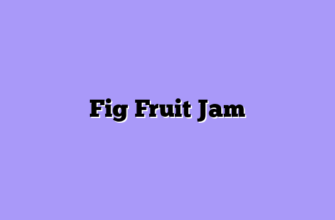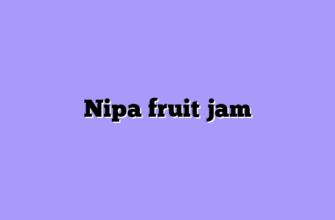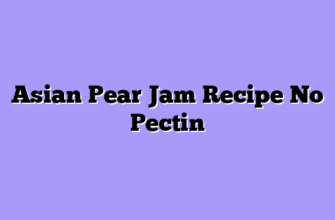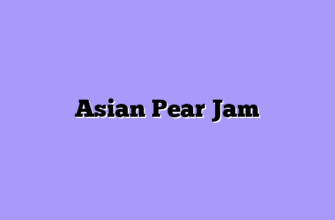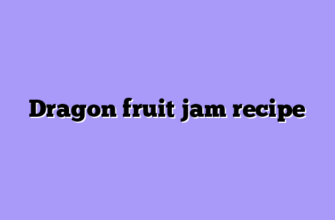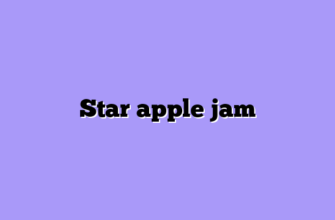The Journey Begins: Why Jam Guava?
Let me tell you, switching from traditional citrus to guava wasn’t an easy decision. My fellow farmers thought I’d lost my mind when I announced my plans to uproot decades-old orange trees to plant what they called “that tropical oddball.” But I had a vision. After researching market trends and discovering the incredible versatility of bayabas (as it’s known in the Philippines), I knew I was onto something special.

I’ll never forget my first harvest. The trees, still young and learning their way (much like I was), produced fruit that was nothing short of magical. The aroma alone was enough to convince me I’d made the right choice. You know how some people say they can smell rain coming? Well, I can smell when my guavas are perfectly ripe – it’s a sweet, musky perfume that fills the entire orchard.
Every morning during that first season, I’d walk through my young orchard, touching each tree, learning its personality. Yes, you heard that right – each tree has its own character, just like people. Some are stubborn growers, others are overachievers, but they all contribute to the symphony of my farm.
Mastering the Art of Cultivation
Growing jam guava isn’t like following a recipe book – it’s more like jazz improvisation. Sure, there are basic rules, but the magic happens when you learn to read the signs and respond to what your trees are telling you. The scientific name Psidium guajava might sound formal, but there’s nothing formal about getting your hands dirty in guava cultivation.
Water management became my obsession. These trees are surprisingly drought-tolerant, but if you want premium fruit for jam production, you need to find that sweet spot. Too much water, and you’ll get watery fruit that makes subpar jam. Too little, and the sugars don’t develop properly. I installed a drip irrigation system that I fine-tuned over years of observation.
Pruning is another art form I had to master. Unlike some fruit trees that practically prune themselves, jam guavas need regular attention. I developed what I call the “crown jewel” method – keeping the center open like a crown to allow sunlight to reach all branches. This technique has increased my yield by nearly 40% over traditional methods.
Pest management was perhaps my biggest challenge. Apple guava, as it’s sometimes called, can be a favorite target for fruit flies. Instead of reaching for chemical solutions, I introduced a system of companion planting and natural predators that has created a beautiful ecological balance on my farm.
The Processing Pioneer
Here’s where my story takes an unexpected turn. While selling fresh guavas was profitable, I noticed that many of my customers were buying them specifically for making preserves. That’s when the lightbulb went off – why not process the fruit myself? I converted an old barn into a commercial kitchen, and suddenly, I wasn’t just a farmer anymore; I was a food artisan.
The transition wasn’t smooth sailing. Processing guavas requires a delicate balance of timing and technique. The fruit needs to be picked at exactly the right moment – when the sugars are at their peak but before the fruit becomes too soft. I learned to judge ripeness not just by color or smell, but by the subtle give of the fruit when gently squeezed.
My jam-making operation has become something of a local legend. We produce everything from traditional guava jam to exotic blends that pair guava with local honey, citrus, and even lavender. The process is like conducting an orchestra – everything needs to happen in perfect harmony.
Quality control became my middle name. Every batch of jam is personally tested, not just for safety but for that perfect consistency and flavor that has become our trademark. It’s like being a perfumer, but instead of creating fragrances, I’m crafting tastes that bring joy to people’s breakfast tables.
Looking to the Future
As I stand in my orchard today, surrounded by mature trees heavy with fruit, I can’t help but feel proud of what we’ve accomplished. My jam guava farm has become more than just a business – it’s a testament to following your instincts and daring to be different.
We’re now experimenting with new varieties, crossing different types of guava to create fruits that are even better suited for jam production. It’s like being a matchmaker for trees, hoping each new generation will be better than the last.
Climate change has brought new challenges, but also opportunities. We’re developing more resilient growing methods and exploring ways to make our operation even more sustainable. Solar panels now power our processing facility, and we’re implementing water recycling systems that would have seemed like science fiction when I started.
What’s next for us? Well, that’s the exciting part. We’re working on new product lines, including a sugar-free variant for diabetic customers, and exploring export opportunities. But at the heart of it all remains my beloved jam guava trees, still teaching me new lessons every day.

